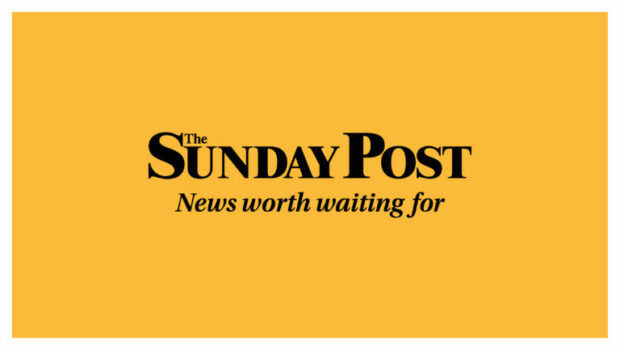
“I remember all the lovely things about her: she was caring, she was funny. She was clever, but she was good at practical things too. She was a beautiful dancer. She was a wonderful daughter.”
A victim impact statement seems an inadequate description of the words Susan Everard read in court before the man, the police officer, who abducted and murdered her daughter, Sarah, was sentenced last week.
For many of us, the detailed account of her daughter’s death emerging from the Old Bailey was too harrowing to contemplate but every word of her clear and clear-eyed statement revealed Mrs Everard could never quantify the shattering impact, never measure the depth of loss inflicted on her and her family.
The occupation of the man responsible and his especially random, monstrous crime made Sarah Everard’s death one of those that periodically shock our country into contemplation and, sometimes, even action.
Of course it should but, sadly, there have been other deaths, other women whose lives have been taken in shocking circumstance; other women failed by systems put in place to protect them; and other women being killed today and every day by violent men.
Simply, we have been here before. We have listened to warm words, ordered reviews and introduced reforms. And yet, today, we can reveal how Scotland’s justice system still stands accused of failing to protect women from the violence of men; of not treating their complaints seriously; and of not prosecuting the men accused rigorously.
Maybe it’s the language we use? We talk about domestic abuse, making it sound different from other types of non-domestic violence, a little more homely, perhaps, not as serious.
It can, of course, be the worst type of mental torture, prolonged and debilitating. It can, of course, be the worst, most horrendous physical violence. It is often both.
We talk about women victims of violence and forget to mention the men inflicting the violence. There have been calls to treat male violence against women as terrorism and, certainly, if all the women hurt or killed by men in our country every day had been hurt or killed by terrorists, it is hard to believe we would still be having these conversations.
There are many things that could be done. Some involve judicial policy, others involve the training of our police and lawyers, and many involve all of us changing our attitude, seeing the issue for what it is and, whenever we possibly can, saying what we see.
Arguably, as Scotland’s Lawyer of the Year, Naomi Pryde, tells us today, one of the most effective actions is one of the most obvious: encourage more women into our police and prosecution service and make it easy for them to do their best work, crush discrimination and sexism in the workplace, stop the best ones leaving, and then promote them into senior positions.
Because, simply, women understand these issues, what has gone wrong and what must be put right, in a way that men – even decent, well-intentioned men – cannot.
So we must do all the other things but if we can do only one. Get more women in more jobs with power and influence.

Enjoy the convenience of having The Sunday Post delivered as a digital ePaper straight to your smartphone, tablet or computer.
Subscribe for only £5.49 a month and enjoy all the benefits of the printed paper as a digital replica.
Subscribe